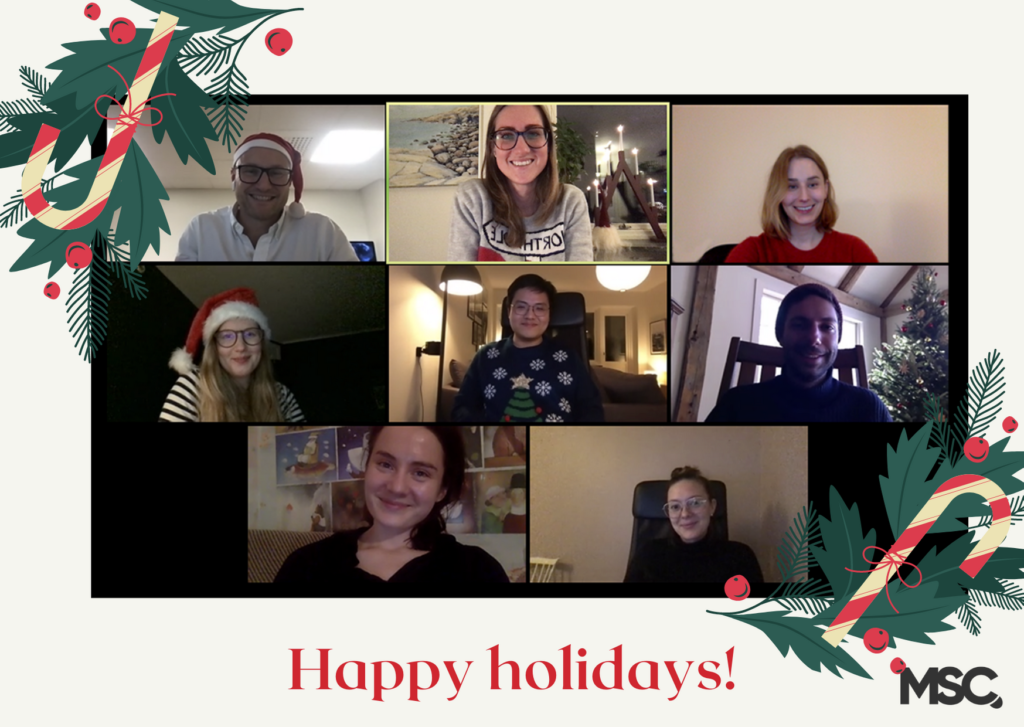Set purpose and objective
Finding the right partner to out-license a candidate to can be a long process, during which many different factors could cause the process to halt. A company looking to out-license would be wise to have a thoroughly planned strategy for identifying potential partners. This will save time for both parties and improve the chances of identifying the best potential partner. Thorough research and a targeted approach are the key pillars here. This means that a company seeking to out-license a drug candidate needs to set a purpose and objective before going full force, while also having an open mind and being opportunistic.
Asset stage often sets the structure
The structure of the out-licensing deal will mainly depend on the development stage of the out-licensing company as well as company resources. The two relevant types of agreements for a smaller biotech firm to seek are licensing or acquisition. If a company would like to just out-license their candidate there will still be shared work, capital costs as well as some control over the candidate development. In the case of an acquisition, the out-licensing company will no longer be involved in development, be relieved of all development costs, and lose control of candidate development.
These two agreement structures are the two extremes of the spectrum, meaning deal structures can land somewhere in between. For example, agreements can also be structured differently in regard to certain geographies or indications.
Is there an optimal timing to out-license?
Optimally timing an out-licensing process is an essential factor that will contribute to a successful outcome. Generally speaking, out-licensing a candidate can result in a variety of deal structures depending on the development stage of the candidate, or simply put, the timing. The different potential deal structures are primarily tied to the development risk that follows after the candidate is in-licensed.
If a candidate is out-licensed at an earlier development stage, a low upfront payment is to be expected. This could, however, be outweighed by high potential milestone payments and royalties. Essentially, the company out-licensing the drug candidate needs to determine if they think it is beneficial for them to share the development risk at that time. An additional benefit to out-licensing a candidate at an earlier stage, despite a relatively low upfront payment, is a positive response from investors who might then see the successful out-licensing as a validation of the company’s core technology, making them more willing to continue investing in other development candidates in the company’s portfolio. There is of course also the other side to this, if a license deal is terminated ahead of time or the drug candidate is returned, negative effects will likely be seen from investors no matter the explanations.
If a candidate is out-licensed at a later development stage, a higher upfront payment is to be expected. A candidate that is in later stages carries less risk than one in an earlier stage, leading to a substantially larger net present value. However, a company that decides to wait until a later stage to out-license their candidate needs to be prepared to keep most of the development risk in-house until then.




